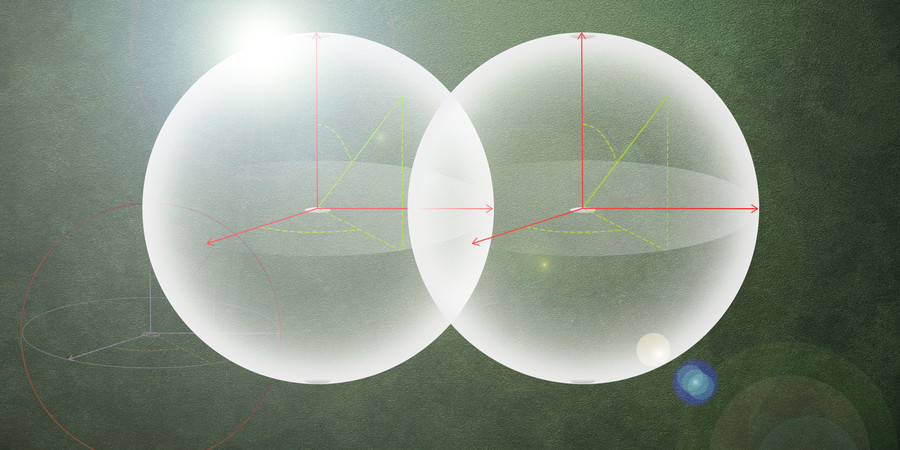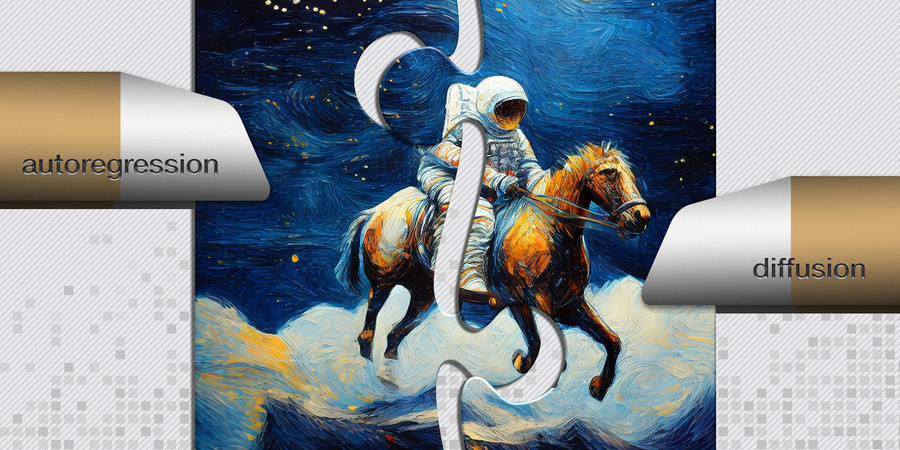March 13, 2023
Hashing is a core operation in most online databases, like a library catalogue or an e-commerce website. A hash function generates codes that directly determine the location where data would be stored. So, using these codes, it is easier to find and retrieve the data.
However, because traditional hash functions generate codes randomly, sometimes two pieces of data can be hashed with the same value. This causes collisions — when searching for one item points a user to many pieces of data with the same hash value. It takes much longer to find the right one, resulting in slower searches and reduced performance.
Certain types of hash functions, known as perfect hash functions, are designed to place the data in a way that prevents collisions. But they are time-consuming to construct for each dataset and take more time to compute than traditional hash functions.
Since hashing is used in so many applications, from database indexing to data compression to cryptography, fast and efficient hash functions are critical. So, researchers from MIT and elsewhere set out to see if they could use machine learning to build better hash functions.
They found that, in certain situations, using learned models instead of traditional hash functions could result in half as many collisions. These learned models are created by running a machine-learning algorithm on a dataset to capture specific characteristics. The team’s experiments also showed that learned models were often more computationally efficient than perfect hash functions.
Complete article from MIT News.
Explore
MIT Engineers Advance Toward a Fault-tolerant Quantum Computer
Adam Zewe | MIT News
Researchers achieved a type of coupling between artificial atoms and photons that could enable readout and processing of quantum information in a few nanoseconds.
The Road to Gate-All-Around CMOS
Monday, April 14, 2025 | 10:00 AM to 11:00 AM
In-Person
Haus Room (36-428)
50 Vassar Street Cambridge, MA
AI Tool Generates High-Quality Images Faster Than State-of-the-Art Approaches
Adam Zewe | MIT News
Researchers fuse the best of two popular methods to create an image generator that uses less energy and can run locally on a laptop or smartphone.




